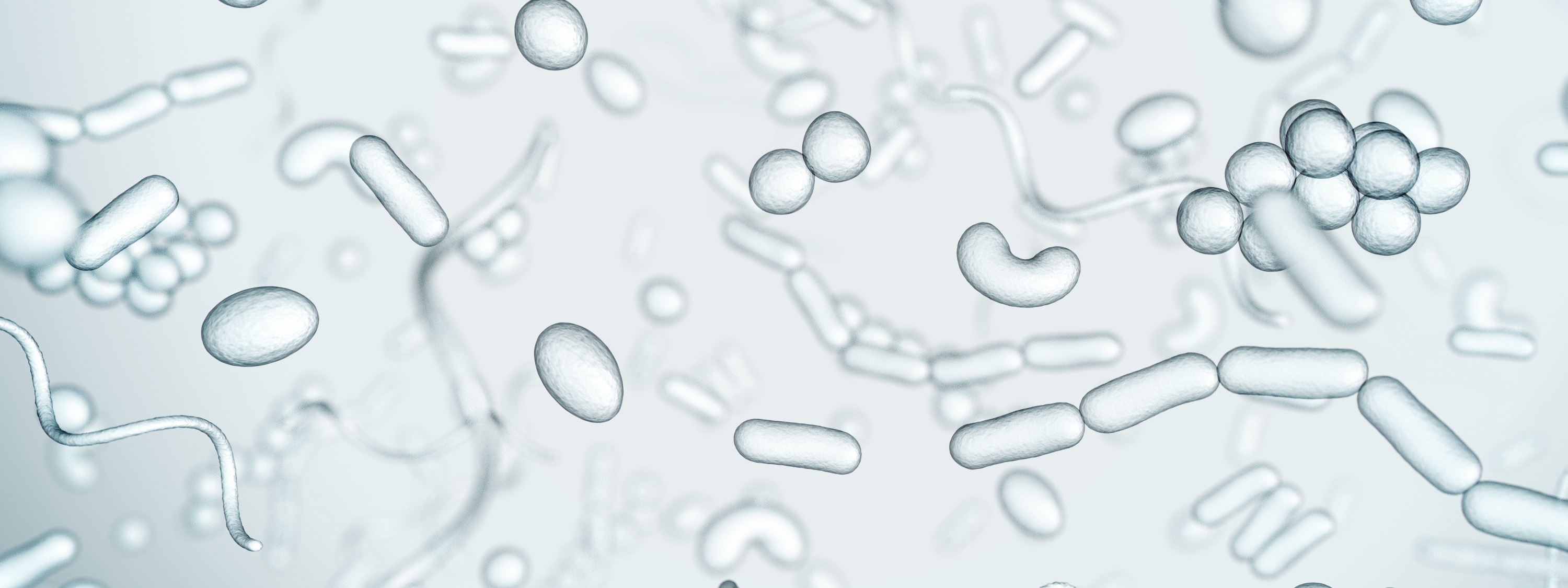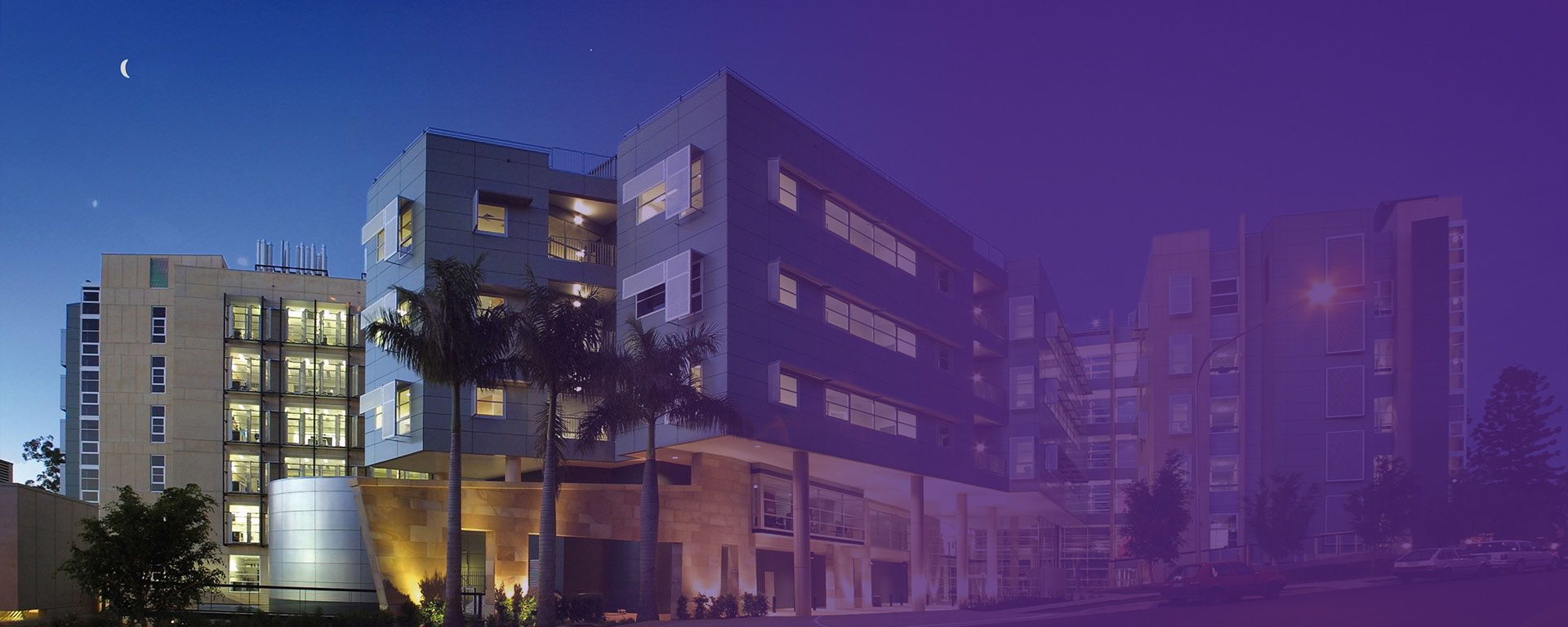Bacteria are amazing organisms.
They came into existence billions of years ago and survive to this day.
They are invisible components of many processes that we take for granted, but are crucial to life itself.
But while bacteria may help us in many aspects of life, they are most well known for causing disease.
Antibiotics have helped us recover from infections for the better part of a century, but bacteria, and other microbes such as fungi, are increasingly developing resistance to these treatments.
This is a problem that affects everyone.

What if your antibiotic doesn’t work?
One in two people will take an antibiotic in any one year. What if that antibiotic doesn’t work? How will we treat diseases?
The simple answer is that we won’t.
The 2016 O'Neill Review on Antimicrobial Resistance, commissioned by the UK government in 2014, predicted up to 10 million deaths per year from drug resistant infections by 2050 if we don’t develop new antibiotics, to say nothing of the people who are dying from resistant infections right now, including here in Australia.
10 million deaths per year from drug resistant infections by 2050
2050 may seem like a long time away, but it’s closer in time than 1990.
It’s also not a problem that we can fix in an instant. It’s akin to an ocean liner heading towards rocks – it takes time to turn the ship.
If we wait until the last antibiotic is no good, it will be too late.
A lack of antibiotics isn’t just a problem for bacterial and microbial infections.
Modern medicine relies on antibiotics
All of modern medicine is based on having effective antibiotics to prevent infection following procedures such as surgery.
Stemming this problem needs investment, public support and advocacy.
Every single person has a role they can play, actions they can take, to help turn the ship to safer waters.
At the Institute for Molecular Bioscience (IMB), we established the Centre for Superbug Solutions in 2015 to tackle the problem from different angles.

IMB is tackling the problem from multiple angles
We are crowdsourcing new antibiotic leads, screening compounds from laboratories around the world which were developed for different purposes, then abandoned.
We are harnessing the passion of citizen scientists to help us discover new medicines from the ground beneath our feet.
We are taking “forgotten” antibiotics and modifying them to act against today’s superbugs.
And by investigating the surface activity of superbugs at molecular level, we have discovered how these microbial marvels elude the human immune system.
This magazine is the second in our series The Edge, in which we explore some of the most biggest health challenges facing our local and global communities.
Please read on to discover how, together, we can fight back against the threat of superbugs.
Professor Ian Henderson
Executive Director
Institute for Molecular Bioscience
The University of Queensland
